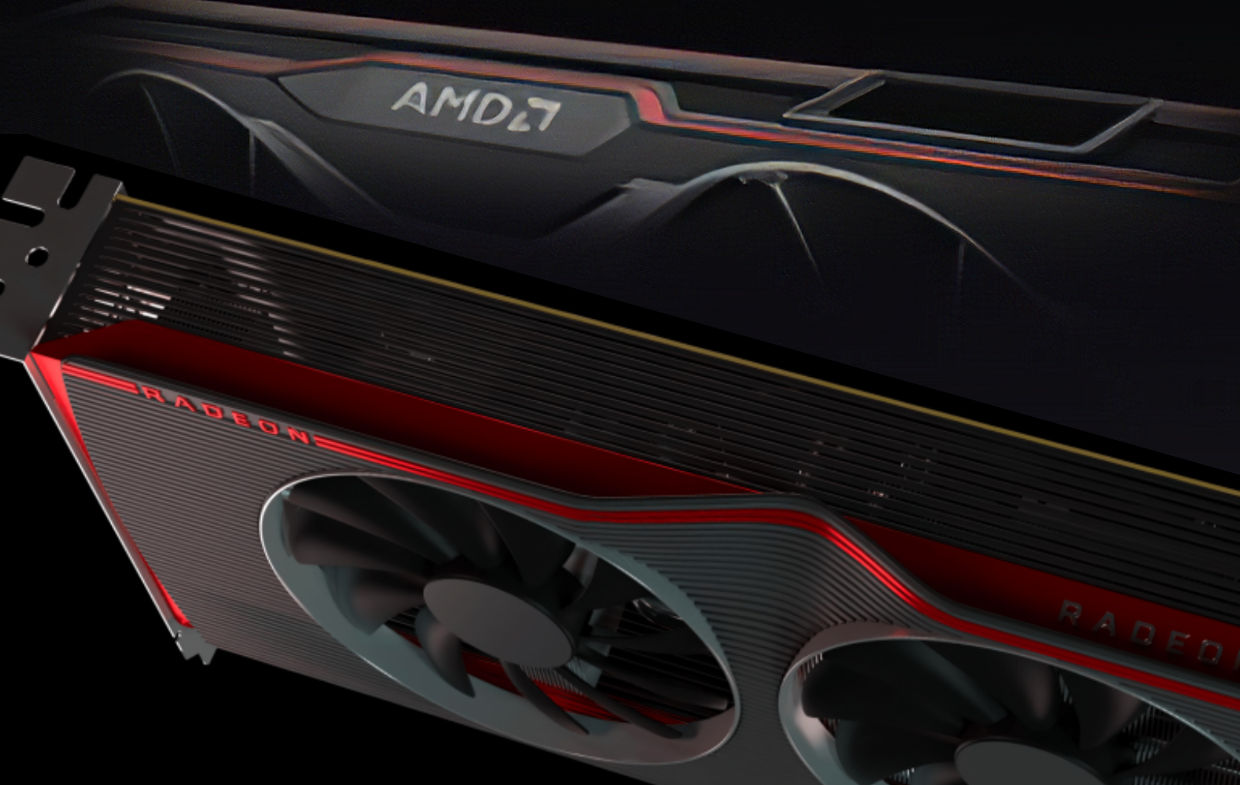- Joined
- Mar 18, 2008
- Messages
- 5,717 (0.97/day)
| System Name | Virtual Reality / Bioinformatics |
|---|---|
| Processor | Undead CPU |
| Motherboard | Undead TUF X99 |
| Cooling | Noctua NH-D15 |
| Memory | GSkill 128GB DDR4-3000 |
| Video Card(s) | EVGA RTX 3090 FTW3 Ultra |
| Storage | Samsung 960 Pro 1TB + 860 EVO 2TB + WD Black 5TB |
| Display(s) | 32'' 4K Dell |
| Case | Fractal Design R5 |
| Audio Device(s) | BOSE 2.0 |
| Power Supply | Seasonic 850watt |
| Mouse | Logitech Master MX |
| Keyboard | Corsair K70 Cherry MX Blue |
| VR HMD | HTC Vive + Oculus Quest 2 |
| Software | Windows 10 P |
Yeah it's interesting, one of the common myths that was peddled was AMD would pull ahead when they got both major consoles using their hardware, thus all games would run great on AMD hardware, and slowly and surely Nvidia would suffer till eventually they died. The world would then be a better place and gamers and children alike would play with gumdrop smiles.
I have come to accept this constant re-occurrence of "underdog wins" for RTG. If RTG does get on top and remain on top for a while I bet most folks will be singing a different tune.





 .
.


